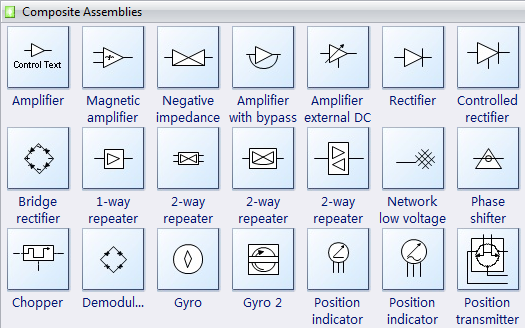Finally got here…
So the last day involved a lot of finishing off. I basically just had the screw the stretcher frame to the front, upholster the rear panels (while also cutting the hole for the input jack) and then screwing them to the back too. All of this unsurprisingly took longer then I had hoped but nevertheless was completed. Oh yeah, and building the amp box.
I started with the rear panel, by drilling a hole big enough for the recessed input jack plate (which would be useless until I bought an amp head). Then I upholstered the non painted side in the same way I upholstered the bottom rear panel, and cut the hole for where the input jack plate would go (fortunately this plate had a lip which covered around slightly). The upholstery wasn’t my best and there was some slight bubbling but not too noticeable. I then actually drilled the Jack in using some small screws.
Then came the amp box which I had to design myself. It consisted of an open box (so I could plug in and use the amp) which enabled me to slide the amp out when I was finished with it (I’ll also remove the box when I buy an amp head). This box just screwed into the back of the bottom rear panel and it can be removed when necessary. I did paint the box though so it can blend in with the cabinet.
After this I screwed everything in place, including the speaker stretcher frame and the rear panels which was tough. The speaker was first (for which I used nuts and washers because it needs extra stability due to the natural movement of the speaker-you don’t want it falling out halfway through a performance!) The Stretcher followed and then the amp box. The tough part was the rear panels which were difficult to reach in the corners and tedious especially considering I decided to use so many screws screws to keep it in place. A smaller (length) screwdriver was useful-you cant use a drill.
Then came the final stage which was to wire it up-a simple task. All you have to do is connect the jack wires to the speaker plates available (there are four available but you’ll probably only need two for the jack plate (although I used all four considering I had to connect both the jack plate and the amplifier)). It was midnight by the time I finished so I was pretty relieved when the speaker turned on and worked (I thought the speaker needed to be handed in the next day but it turned out it was actually the week after -.-‘).
Anyway, the day after I took some finished photos which I will post below.
I’m Just going to say that I really enjoyed the project and I’m glad I took it on. When I finally got it working I was really pleased with the tone and the resonance and I can’t wait to start using it at gigs (need to buy an amp head first-might even build one?). There’s also the peace of mind in knowing that the speaker is reliable and if something goes wrong, I know how to fix it. The project will be really valuable in every way and I would recommend it if you get some time free.
I hope the blog will be useful – please don’t hesitate to ask questions but just keep in mind that I might take a while to reply.
Thanks for visiting.




























































































